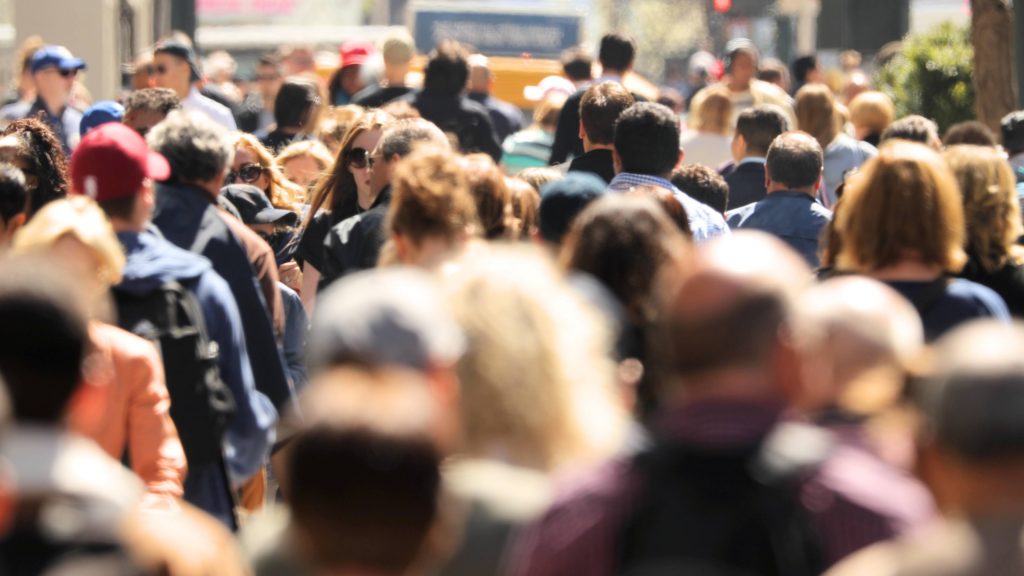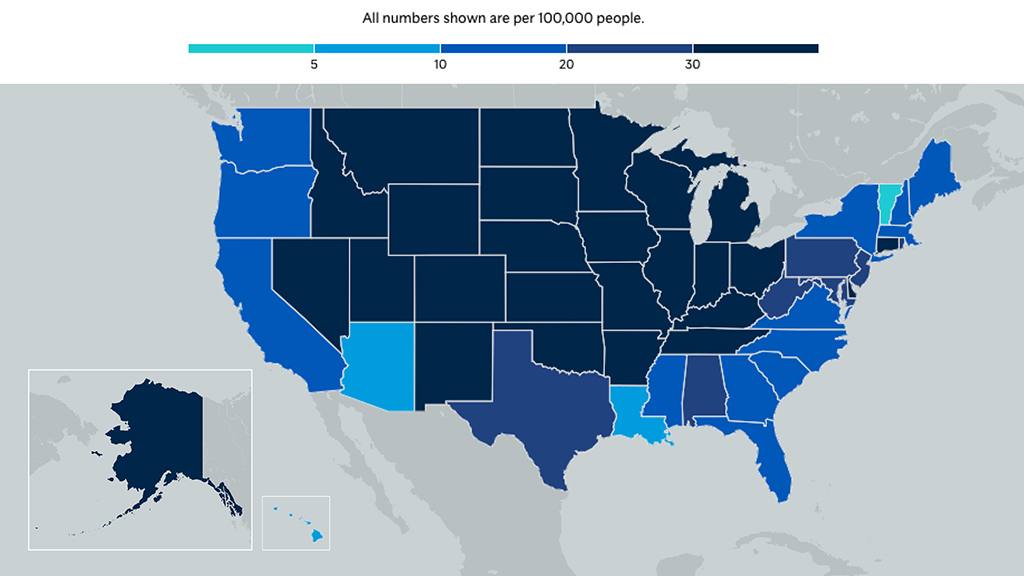
DEAR MAYO CLINIC: I have two children back in school. Recently, I got a note that one of their teachers was quarantined due to exposure to COVID-19. The school says it's proceeding with contact tracing, and, for now, my child does not have to stay home. Can you explain the term, why it's important and if I should be worried?
ANSWER: As a parent, I'm sure that the ongoing COVID-19 pandemic has been stressful, especially as a family with school-aged children who may have had to learn new routines in recent weeks or months. It also can be challenging — and quite concerning — when we learn that someone close to us has become ill. I myself had a similar experience in my family.
As positive COVID-19 cases spike across the country, the role of contact tracing becomes even more important. Contact tracing is the process of identifying those who may have been exposed to someone with a virus, whether COVID-19 or another illness. Contact tracing helps public health professionals assess the risk of a person's exposure and aids in facilitating quarantine when indicated. Mayo Clinic has developed digital tools to conduct contact tracing for our health care workers more effectively, and public health departments and schools across the country are finding innovative ways to do thorough contact tracing.
Over the past several months, contact tracing has helped us better understand the spread of COVID-19. At the beginning of the pandemic, when few people were wearing masks and social distancing, people with COVID-19 infection typically had a lot of close contacts, meaning they potentially exposed a lot of people.
With the evolution of the pandemic, one thing that has changed in recent months is that there is an increased number of COVID-19-positive individuals.
Despite the surge, what we’ve learned with contact tracing is that, fortunately, each of those people has exposed either few others or sometimes they've exposed no other people. This is because they've maintained strict social distancing and have been diligent with masking and hand-washing.
Although it can be scary to hear that a teacher has been exposed to COVID-19, the steps taken for the teacher to quarantine at home and not teach children during the 14-day postexposure period is an important precaution to prevent transmission to students. If public health determines that the teacher has not yet acquired COVID-19 and was not communicable when in contact with students, your child would not be at risk of exposure. If the teacher was communicable while at work, contact tracing will allow the school and public health to assess risk to the students and teachers, and provide guidance which could include quarantine and/or testing of students as a precaution.
Learn more about: Tracking and trending COVID-19

From my experience, health care centers and schools have very good precautions in place to prevent exposure. I've been very impressed with the measures that schools have taken to prevent exposure, from hybrid learning so that class sizes are smaller to social distancing and wearing masks.
Depending upon the protocols that your children's school has, if the teachers are being extremely vigilant about practicing safe behaviors — coupled with the school's cleaning regimen — it is likely that your children have a low risk.
At this point in the pandemic, it appears that community spread is responsible for most COVID-19 positive cases in the U.S.
While many are feeling pandemic fatigue, it's more important than ever to remain vigilant. That is why it is still so important for everyone to be mindful about hand hygiene, masking and social distancing. If you're going to a place where you can't have confidence that other people will be masked and will abide by those precautions, those are very risky scenarios.
Although you should defer to the school and the health department to do the contact tracing, you also should continue to be mindful about checking your child and family members daily for symptoms, and as an added precaution you may want to limit your family's encounters with other family and friends until you have certainty about their exposure. Usually the school and public health will provide you regular updates, and you won't need to wait long to fully understand your child's risk. While we can't fully plan for an exposure, it is good to plan for that scenario where we need to quickly self-quarantine.
Generally speaking, that means having about a week's supply of groceries on hand. Personally, I know prior to the pandemic, I would go to the grocery store every couple days and pick up a few things. Now we get groceries once a week to make sure that we have a few more days of supply. And consider having your groceries and essentials delivered to avoid unnecessary contact with others.
Take a look at your home and think about how you could socially distance from each other. Although it may feel like an impossibility, if you have household members who haven't been exposed directly, in general, keeping the quarantined person away from as many household members as possible is recommended. For young children, families can determine if it's possible for one parent to care for the child. That way, the other people in the house who have not been exposed can try to go about their day-to-day lives if the exposed individual gets ill. Each family scenario is unique, and I know how important it is for families to make decisions that fit their needs.
Although you may be feeling anxious about the unknown and want to get your children tested for COVID-19, I would encourage you to wait for the results of the contact tracing and follow the guidance from the school and public health.
That said, should one of your children exhibit symptoms of illness or you have additional questions, you should contact your health care provider to determine next steps. If you have not done so already, you could talk with your children about what will happen if they need a COVID-19 test. Using kid-friendly terms and considering your children's personalities and fears can be helpful in these discussions. No parent wants to worry that their children could get COVID-19. Know that we're all in this together: schools, families, health care workers and public health. And we want to help you and your family get accurate and prompt information that will support the health and safety of your child, your family and the school.— Dr. Laura Breeher, Preventive and Occupational Medicine, Mayo Clinic, Rochester, Minnesota
Related posts:
- Mayo Clinic Q&A podcast: Digital tools help Mayo Clinic with contact tracing
- How contact tracing has evolved and ways to get through the next COVID-19 wave
Information in this post was accurate at the time of its posting. Due to the fluid nature of the COVID-19 pandemic, scientific understanding, along with guidelines and recommendations, may have changed since the original publication date.
For more information and all your COVID-19 coverage, go to the Mayo Clinic News Network and mayoclinic.org.







